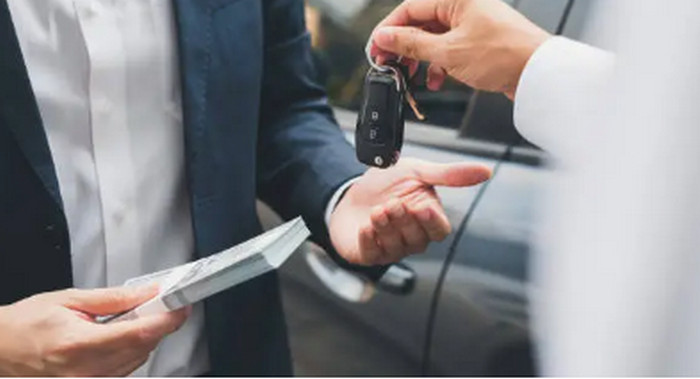There are a few procedures involved in selling a car with payments in order to make sure that everything goes well for the buyer and seller. Here’s how to sell an automobile with payments, whether you’re a dealership or a private seller:
- Get the car ready:
Clear and Examine: Give the car a thorough cleaning on the inside and outside before listing it. Examine the car for any damage or problems with the mechanics that need to be fixed.
Gather Documents: Assemble all required paperwork, including the title of the car, any warranty information, and maintenance records.
- Establish the Cost:
Research Market worth: Based on the car’s make, model, year, mileage, and condition, you can find its fair market worth by using internet sites like Edmunds or Kelley Blue Book.
Think About Financing Expenses: If you intend to offer financing, while determining the pricing, account for interest and any associated costs. - Select the Terms of Payment:
Establish Down Payment: Choose the amount of the down payment you will need to get from the buyer. This is generally expressed as a percentage of the entire purchase price.
Fixed Monthly Instalments: Determine the monthly payment amount by adding interest and any other fees to the debt after the down payment. - Promote the Vehicle:
Take Good Pictures: Take crisp pictures of the vehicle from various perspectives, emphasizing its features and state of repair.
Compose an in-depth description: Include complete details about the vehicle in your listing, such as the make, model, year, mileage, features, and any known problems.
Emphasize Your Financing Options: Declare unequivocally that financing is an option, and include information on the down payment, monthly installments, and any other conditions. - Screen Prospective purchasers: Confirm Buyer’s Financial Stability: Inquire about the income, work status, and credit score of possible purchasers to make sure they can make the payments.
Request References: To confirm the buyer’s dependability, request references from prior lenders or landlords. - Agree to Terms:
Talk about the Payment Plan: Negotiate the conditions of the payment plan, including the down payment amount, interest rate, and repayment schedule, as soon as you’ve located a serious buyer.
Draft a Contract: Put the terms of the sale in writing, including the interest rate, payment schedule, default penalties, and any other pertinent information. To be sure the contract complies with local laws and is legally binding, think about speaking with an attorney. - Conclude the Purchase:
All paperwork completed: Sign the relevant documents, such as the finance agreement, bill of sale, and title to the car.
Ownership Transfer: After the down payment is made and all documentation is finished, the buyer will receive ownership of the vehicle.
Give a receipt: Give the buyer a receipt verifying the down payment and detailing the remaining amount and the due date. - Control Payments:
Monitor Payments: Maintain thorough documentation of any payments you receive from the buyer, including the amount, date, and mode of payment.
Send Reminders for Payment: To guarantee that payments are made on time, notify the customer before each due date.
Handle Late Payments: Establish a procedure for dealing with late payments, which may include late fines or other penalties specified in the contract. - Complete the Sale: Repay Any Outstanding Debts: Use the money received from the sale to settle any outstanding debt associated with the car.
Release Liability: To shift responsibility to the new owner, inform the relevant authorities—such as the Department of Motor Vehicles—that you have sold the car. - Confirmation:
Continue to communicate: Throughout the repayment time, be in constant contact with the buyer to address any queries or issues.
Offer Assistance: Help with any paperwork or other administrative duties pertaining to the car, such insurance or registration.
To ensure a successful transaction, selling a car with payments involves careful planning and communication. You can sell your automobile with payments while lowering risks and guaranteeing a satisfying experience for all parties by following these guidelines and maintaining organization.
